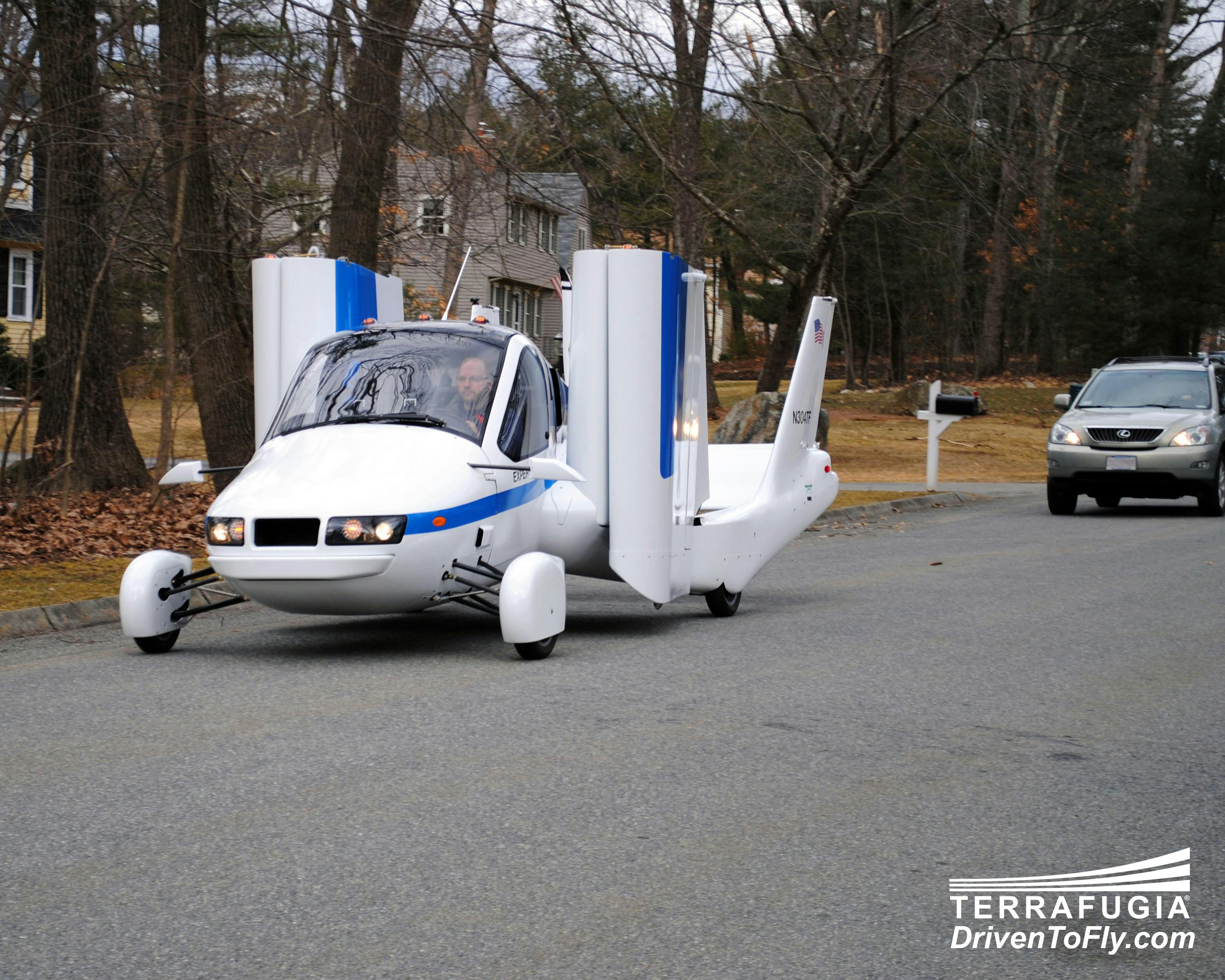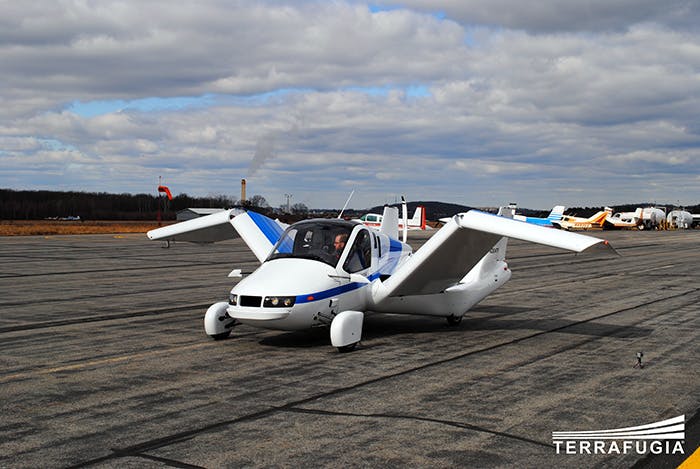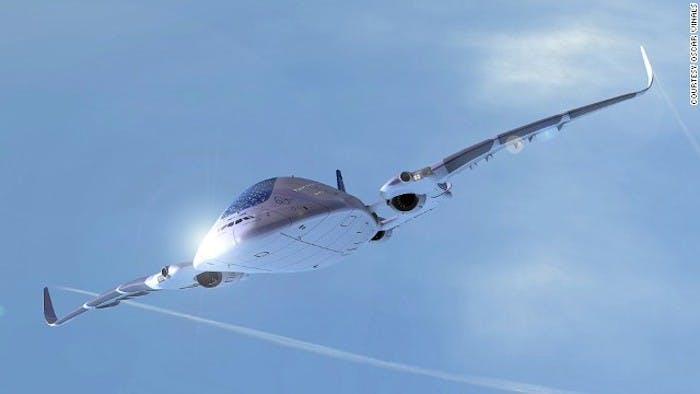The flying car and the Sky Whale: Two visions of aviation’s future
Innovation and aviation are two subjects very close to my heart. Aviation has a relatively short history – just over 100 years since the Wright Brothers first took flight in 1903. In that time, a huge amount of progress has been made and today, passenger flight is part of everyday life.
But behind the scenes of aviation’s commercial machine, many innovators are working on exciting aircraft developments that may transform the experience of flight over the next hundred years – and beyond.
I am fascinated by innovative aircraft and the years of dedication that goes into taking an initial design concept into a prototype, testing, certification and into flight. It’s a lengthy process, and rightly so.
Last month we looked at the Spike S-512, an aircraft without windows. Here are two other ground-breaking aircraft recently making headlines, one close to becoming a reality, the other still very much on paper.
The Terrafugia Transition: Part private jet, part car
The flying car has been a fantasy explored for many years, a dream brought to life in Bond films and sci-fi. Now Massachusetts-based Terrafugia are very close to making it a reality with the Transition. The car-plane hybrid has two seats, four wheels and folding wings that tuck away when the vehicle is driven on the road, rather than in the air.

The team at Terrafugia has spent the past seven years developing the Transition and while the FAA (US Federal Aviation Authority) is yet to award federal certification, the order book is open and testing is in the final stages.

The vehicle had a public demonstration last summer at the EAA AirVenture Oshkosh air show – an annual gathering in Wisconsin, USA, for the experimental aircraft community. It was driven around the site, followed by a demo of the transition process, before taking off on two 20-minute flights.
The Transition, which is categorised as a light sports plane by the FAA, can carry two people including the pilot, plus luggage. It runs on unleaded petrol and can reach speeds of 70mph on land, and 115mph in the air, and comes with two passenger airbags and a full-vehicle parachute.
Owners will be required to hold a pilot license, pass a specific test, and complete 20 hours of flying time to be able to fly the car.
As the manufacturers said, there are significant engineering challenges in developing a vehicle that is practical and also “simultaneously satisfies road and aircraft regulations”. Yet Terrafugia is very close to achieving this with their proof-of-concept vehicle, which has been flying and driving in test situations now for a couple of years.
Terrafugia expect to put the aircraft up for sale in 2015 or 2016, at a cost of $279,000. So the Transition could become a commercial reality as early as next year. Apparently they already have an order book representing potential revenues of more than US $25 million, with 100 reservations on deposit.
Watch the Transition in action:
The manufacturers are now working on the successor, the TF-X: A four-seat, plug-in hybrid electric flying car with fly-by-wire vertical takeoff. This opens up possibilities for taking off from driveways, car parks and even when stuck in traffic.
The AWWA Sky Whale
At a much earlier stage of development (and at the other end of the size spectrum), spectacular designs for the AWWA Sky Whale were recently unveiled by Spanish designer and aviation enthusiast Oscar Viñals.

This is still a design concept at this stage and, as the name implies, the whale-shaped aircraft is huge: Three storeys high, with 755 seats and a wingspan of 88m (compared to 80m for an Airbus A380). Oscar Viñals claims the design is the ‘greenest aircraft imaginable’ and a great deal of focus has been given to incorporating environmentally-friendly technical solutions, to reduce drag, weight and fuel consumption.
The aircraft’s design, lightweight materials and economic propulsion should all contribute to reduced air and noise pollution. The design also features advanced safety features, self-repairing wings and solar panels in the roof to charge onboard electronics.
And despite its size, the AWWA Sky Whale has rotatable engines that can tilt like a Harrier jump jet, enabling a near vertical take-off on shorter runways – so this will open up the number of airports that could accommodate it. Find out how much runway today’s aircraft need for take-off.
It’s still very much a futuristic concept and major leaps in technology will need to be made before the Sky Whale can become a reality. But it certainly looks spectacular on paper and it’s thrilling to imagine one of these enormous aircraft taking flight at some point in the future.


